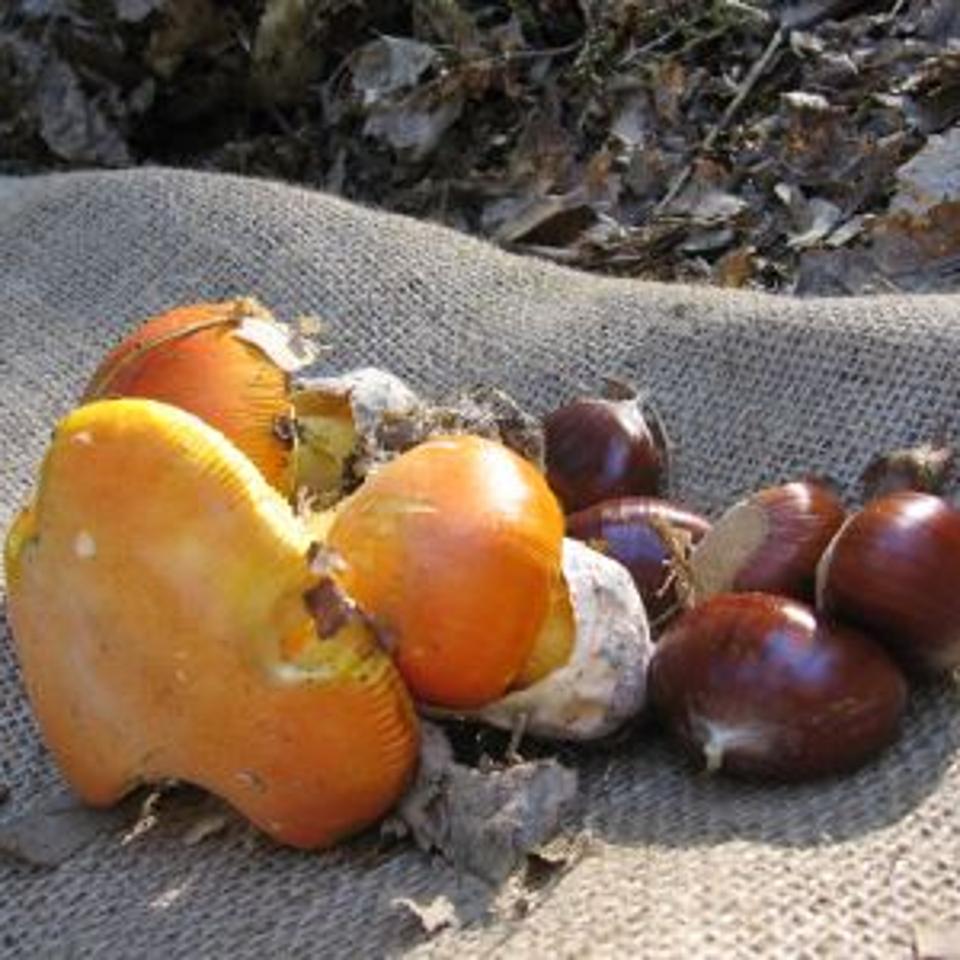
The 'marrone' (sweet chestnut) differs from the common chestnut mainly in taste: sweeter and more fragrant, it encapsulates and enhances the aromas and flavors of the forest. Externally, the 'marrone' has a light brown striped skin.
Furthermore, the 'marrone' is much larger than the common chestnut, so much so that a burr contains a maximum of 2 or 3 fruits.
Last of its qualities, the 'marrone' is protected by a brown skin and a thin pellicle that can be removed with extreme ease, an operation much more complex with common chestnuts.
The characteristics of this product make 'marrone' the main ingredient in numerous culinary preparations that, in autumn, triumph on Italian tables and beyond.
The common chestnut differs from the more renowned 'marrone' by its smaller size, more elongated shape, and darker outer skin color.
The common chestnut is of lesser value due to its less sweet taste and greater difficulty in removing the inner pellicle, which in common chestnuts penetrates more deeply into the fruit's pulp.
Pericarp (skin): smooth, consistent, brown in color with varying shades, sometimes with external stripes and internal hairiness.
Hilum or hilar scar: basal part of the fruit, light in color and variable in size; it presents a stellar radiation with residual hairiness or not and pinpoint granulations, called miliary granules.
Torch: apex of the chestnut consisting of the residues of the perianth and the desiccated styles.
Episperm: chamois-colored film in which the seed is wrapped and which may or may not penetrate the cotyledonary mass (pulp).
Seed: can be formed by one (as in Marroni) or two cotyledons, and is rich in starch, firm, whitish inside and yellowish outside.